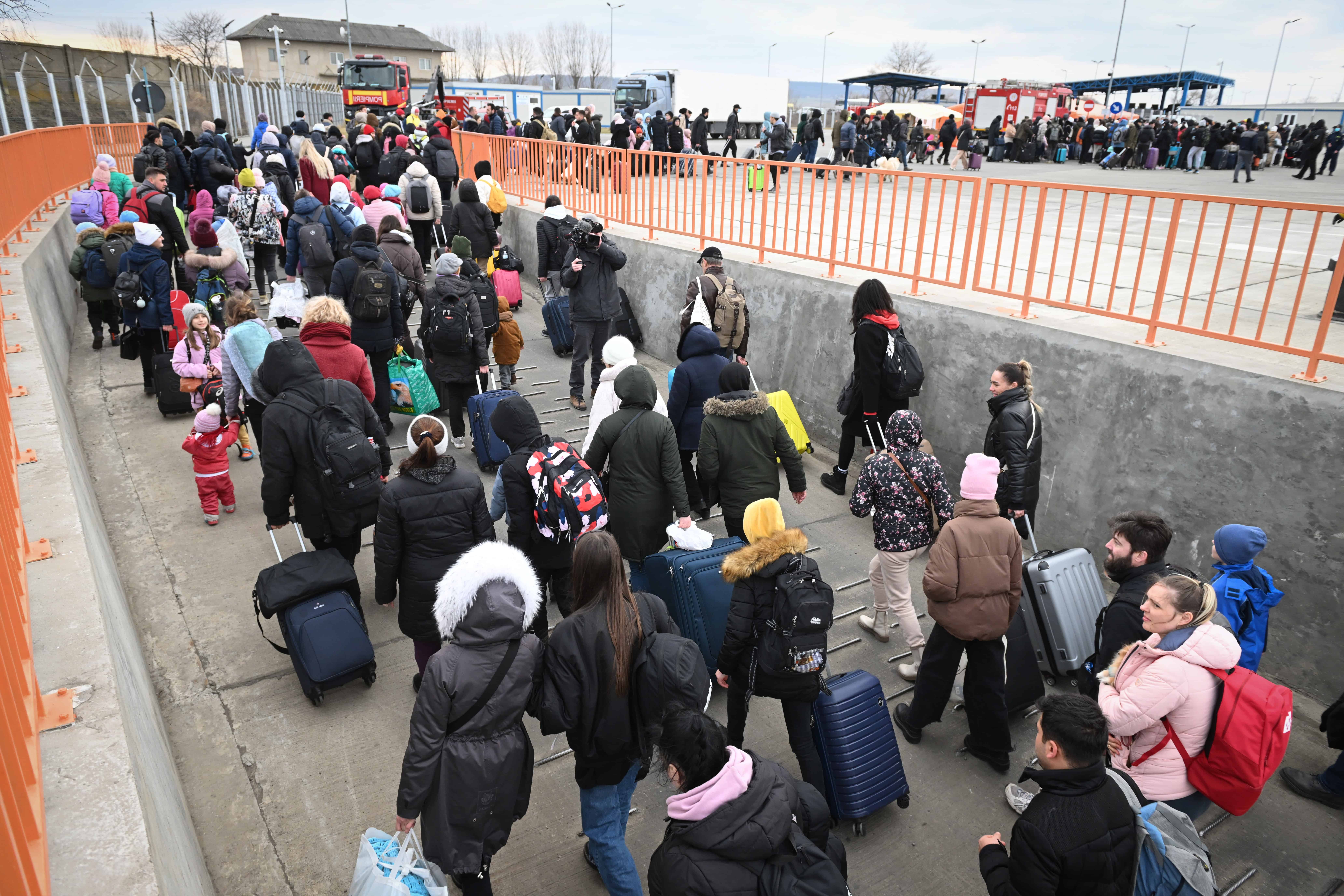Remittances to Ukraine, which were around 12 percent of its GDP and nearly three times the size of foreign direct investment in 2021, will increase by 8 percent in 2022 despite the ongoing conflict, according to a report by Global Knowledge Partnership on Migration and Development (KNOMAD).
The remittance flows to the embattled country surpassed $19 billion in 2021 and proved resilient during the Covid-19. After a moderate decline of 3.6 percent in 2020, the flows grew by 28.3 percent in 2021.
While KNOMAD estimates that remittance flows to Ukraine might increase at an “even stronger rate of increase”, several countries in the region, especially those which received the bulk of remittances from their nationals in Russia, would witnessed a drastic decrease in the flows.
The Remittance flows from Russia to Ukraine, which were only 5 percent, are expected to be disrupted due to sanctions and the exclusion of Russian payment systems from the SWIFT network.
Any decrease in remittance flows from Russia to Ukraine, however, is likely to be more than offset by an increase in remittances from Ukrainians in Poland and other countries.
Existing migrants are likely to send home more money to support families during the war. Additionally, new Ukrainian migrants in Europe and other countries may also send money to support family members back home.
Unlike Ukraine, many countries in Central Asia are highly dependent on remittances from Russia. For example, in the Kyrgyz Republic, the share of remittances from Russia was 83 percent of the total remittance receipts during Q1-Q3 of 2021.
During the same period, Azerbaijan, Armenia, Tajikistan, and Uzbekistan received more than 50 percent of their remittance inflows from Russia. Remittances provide a financial lifeline to many of these countries.
For example, in the Kyrgyz Republic and Tajikistan, remittances in 2020 were respectively 31 percent and 27 percent of GDP and were comparable to or even larger than the countries’ exports of goods and services.
Also, a weakening of economic activity in Russia would dampen the employment and incomes of migrant workers and their ability to send remittances. The second channel of impact would be through a weakening of the ruble against the US dollar, which would reduce the nominal US dollar value of remittances sent in rubles.
The sanctions on the Russian banking system in the form of exclusion from the SWIFT network for fund transfers is likely to directly disrupt remittances through formal channels, which could lead to a partial shift to indirect and informal channels.
KNOMAD says there is a need to restore access to personal remittance services in Ukraine as well as in Russia, as these tend to Remittances tend to be the first form of financial support that people receive in times of crisis. There is also a need for reducing the cost of remittances.
“Reducing the fees on remittances by 2 percentage points could save Ukrainian migrants $400m per year,” KNOMAD said.

